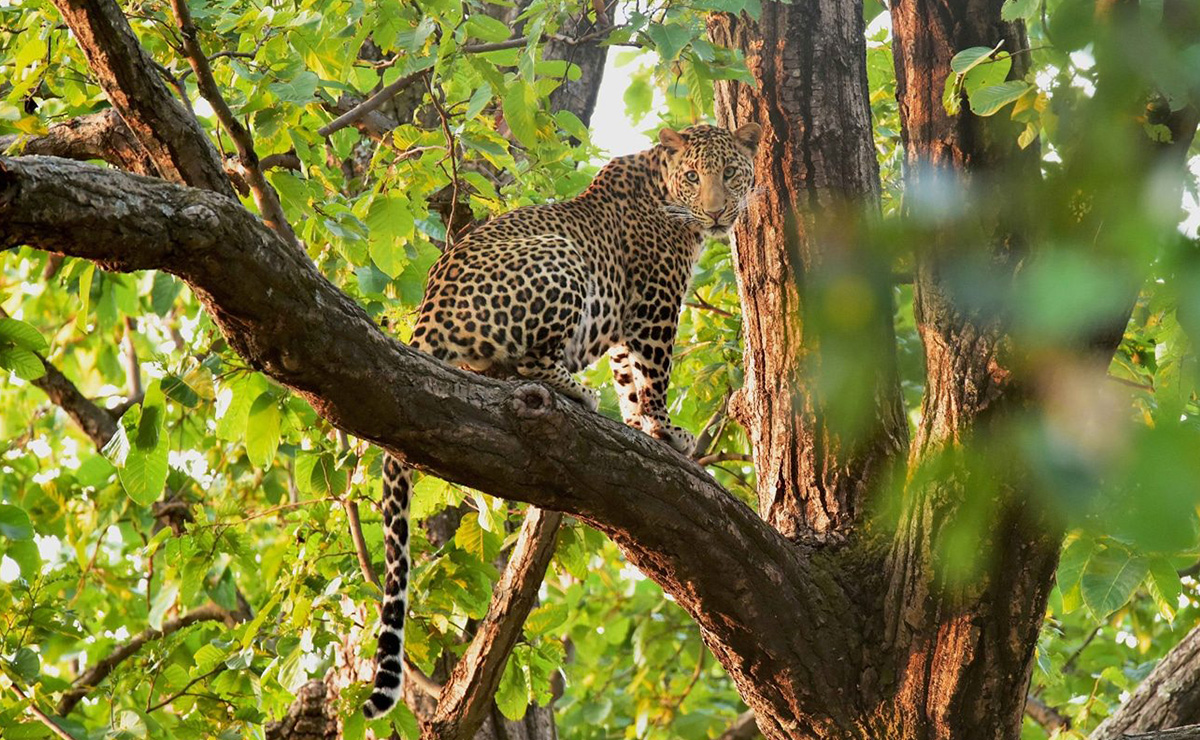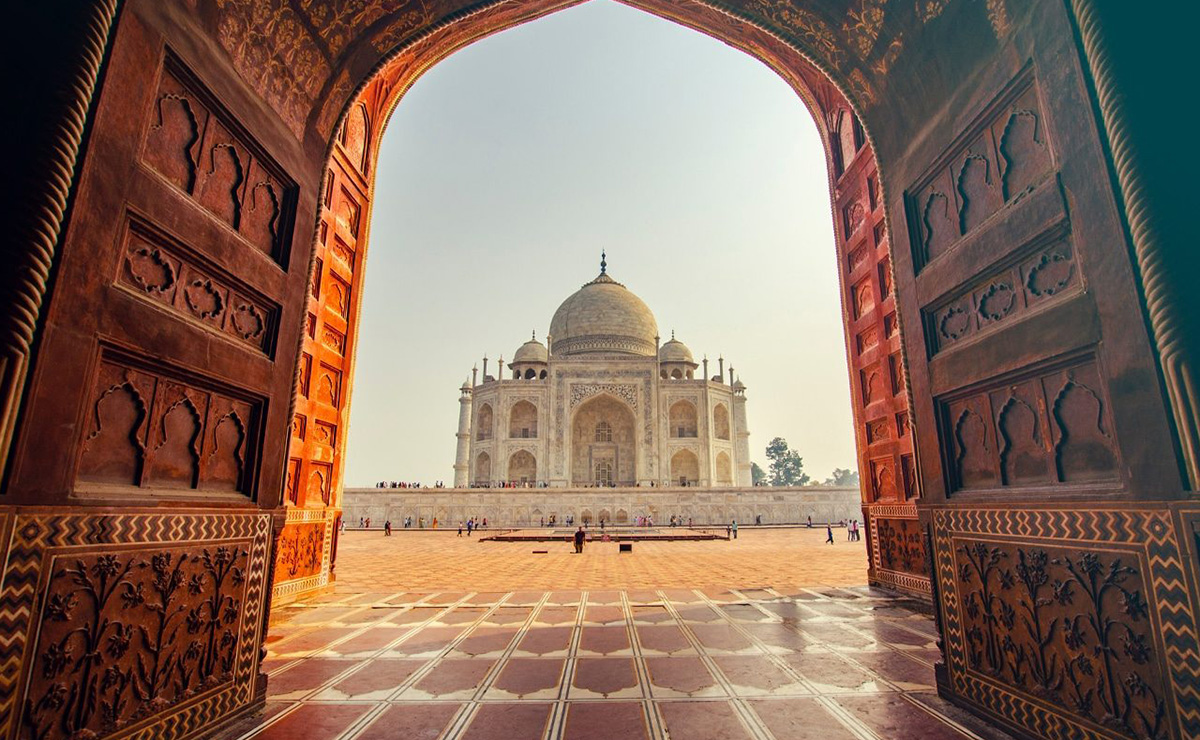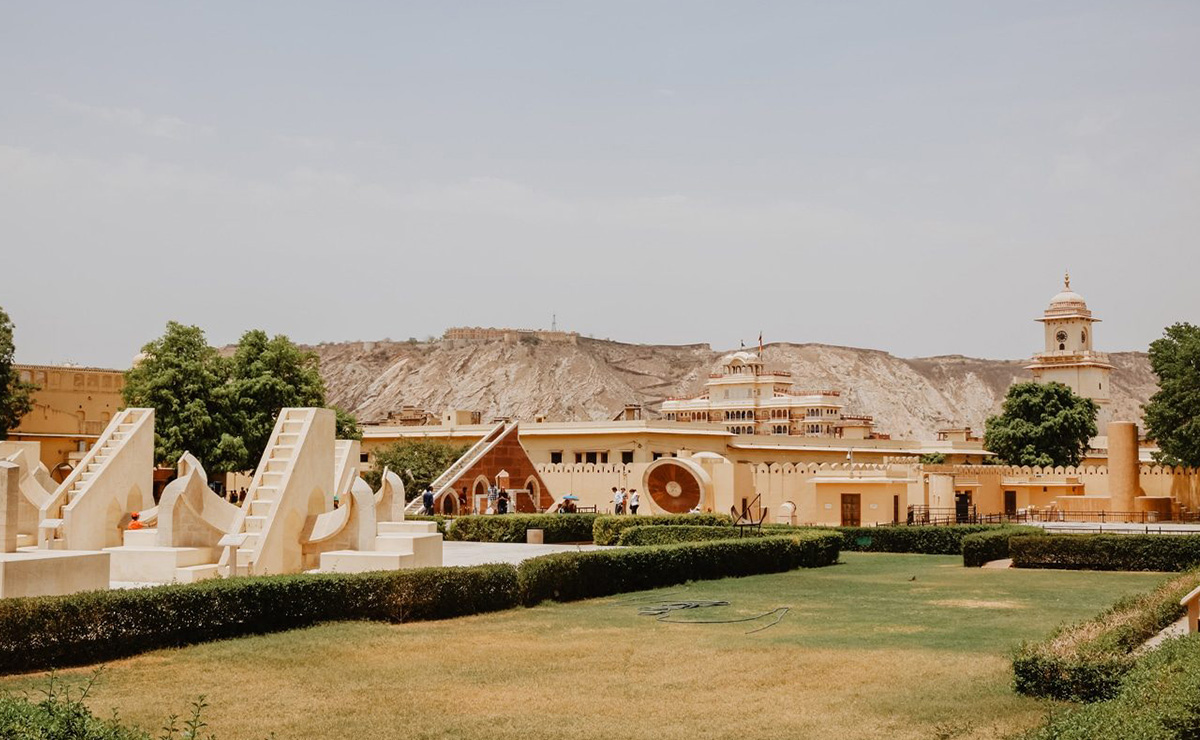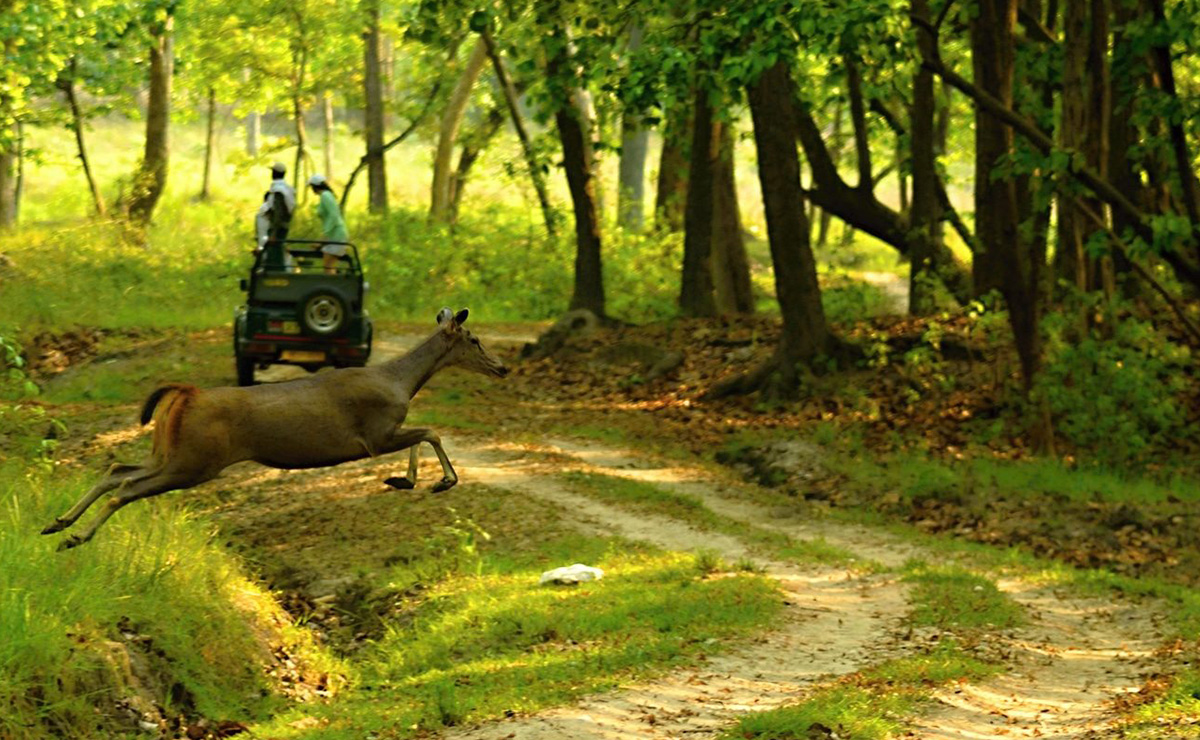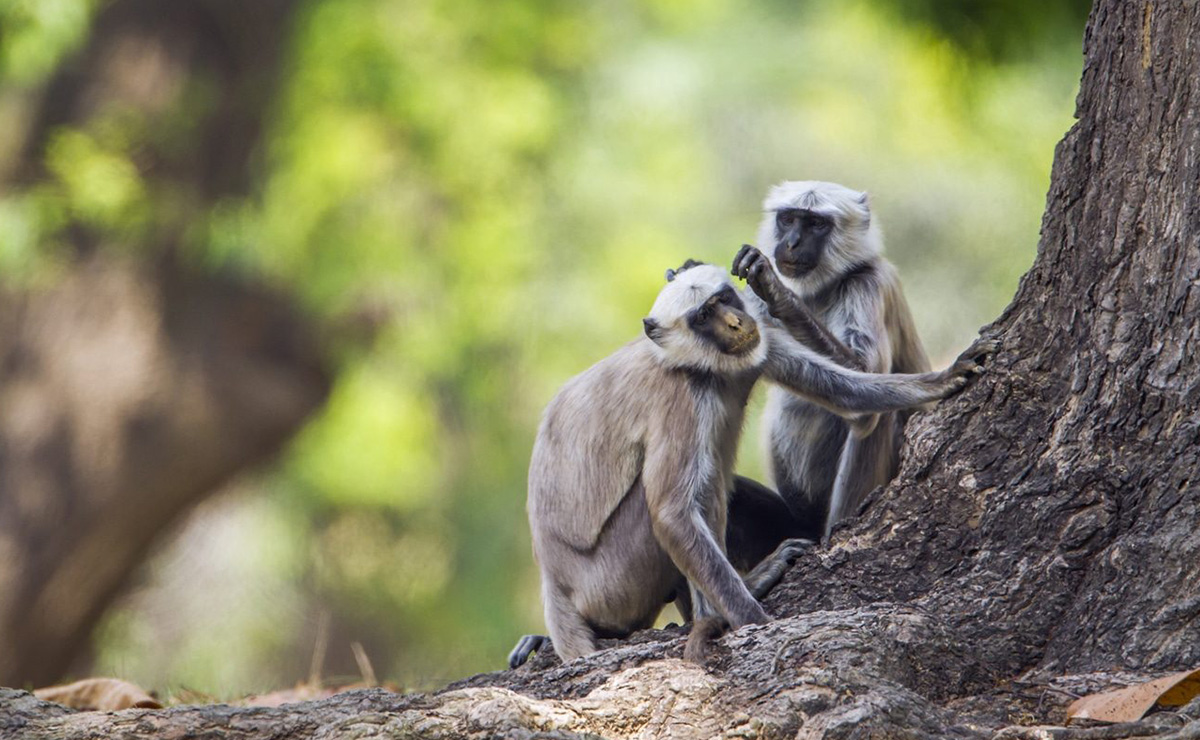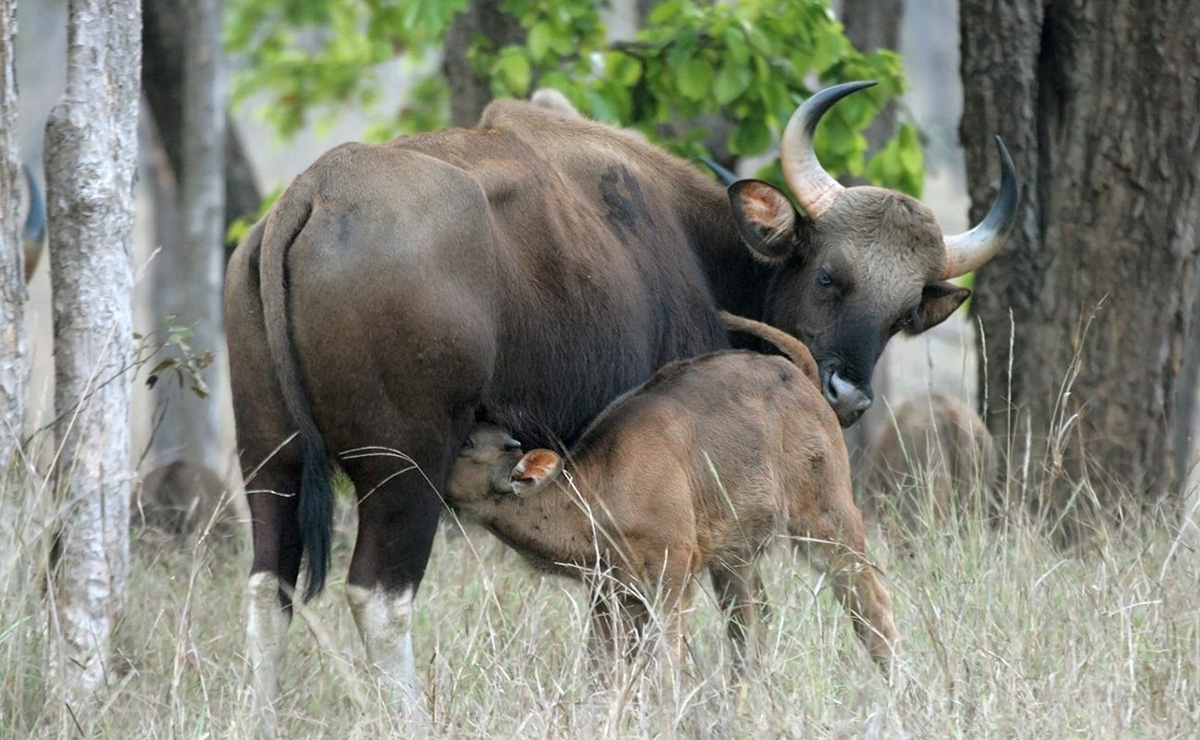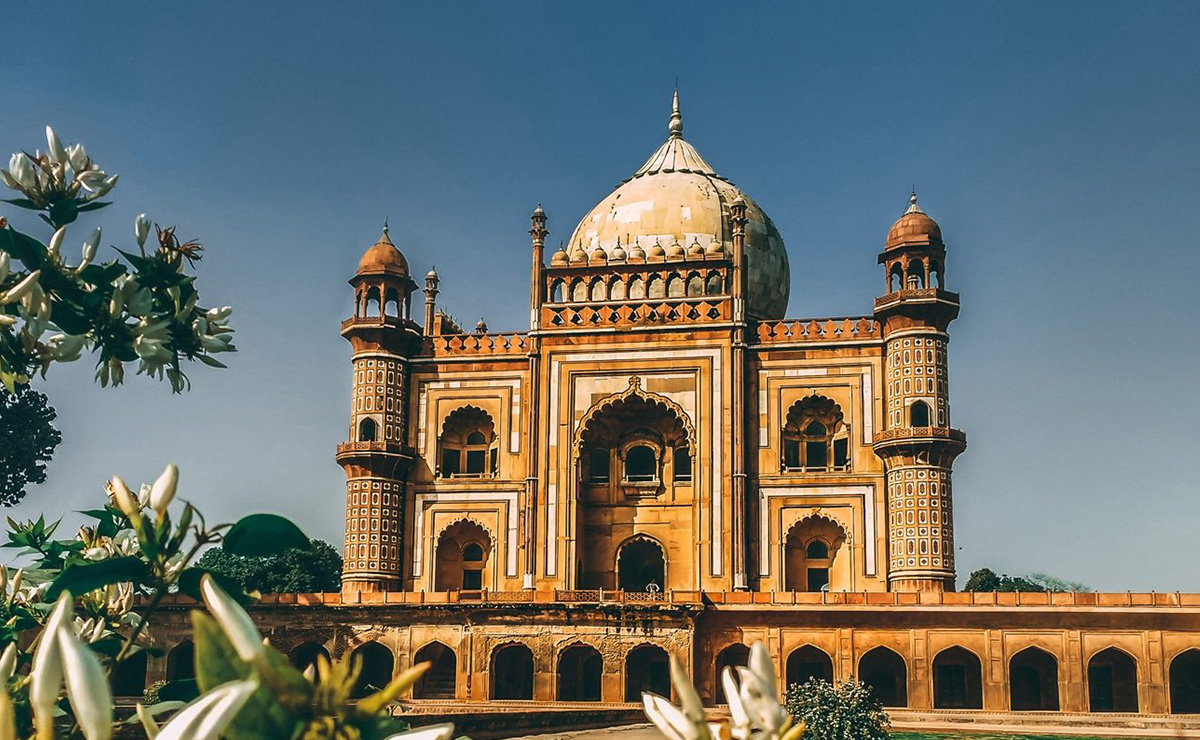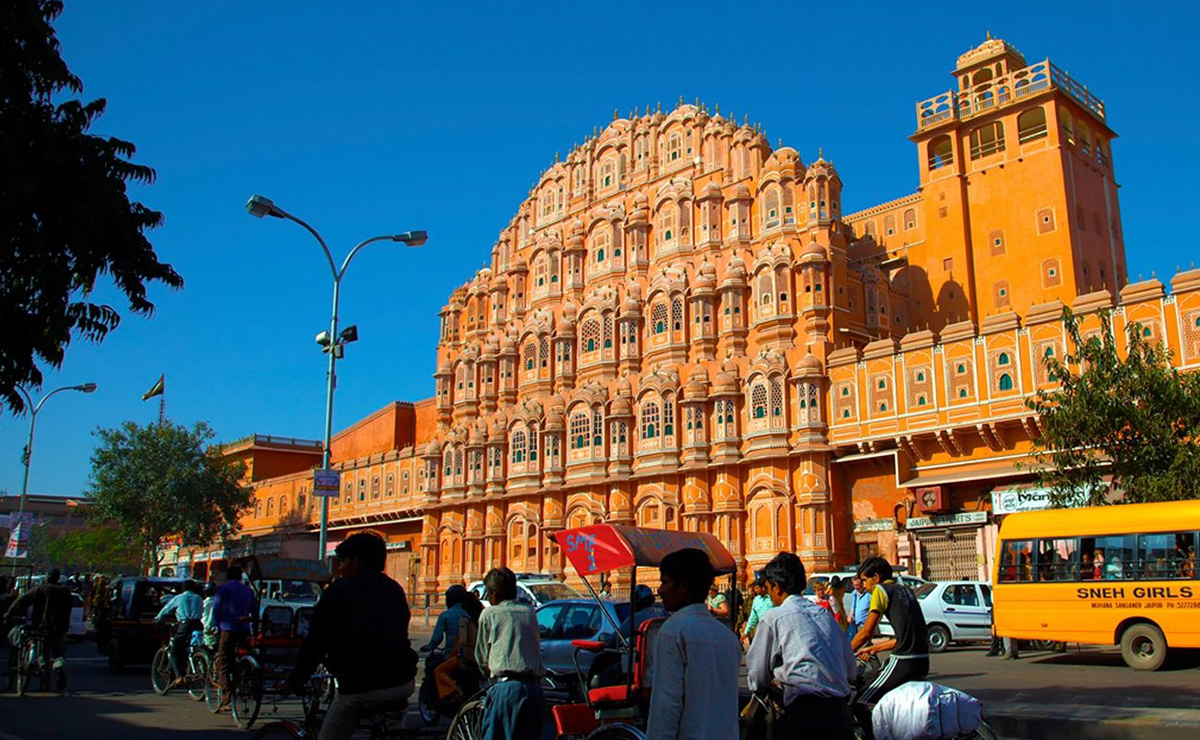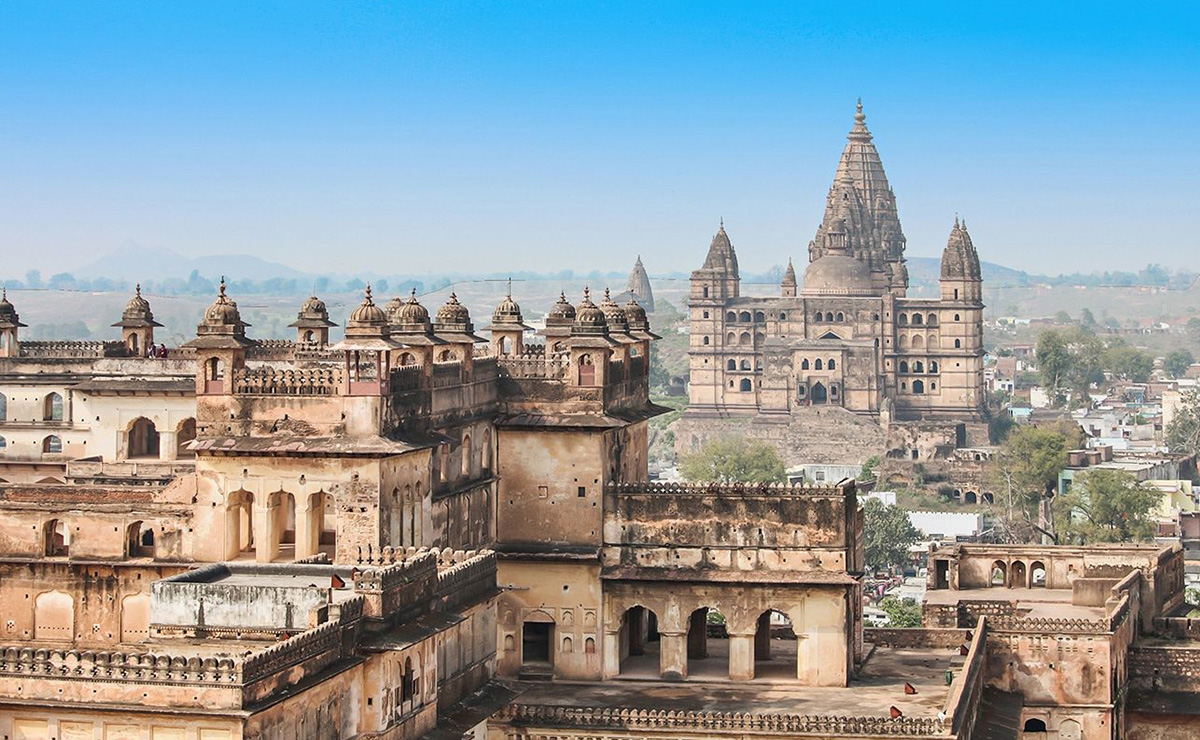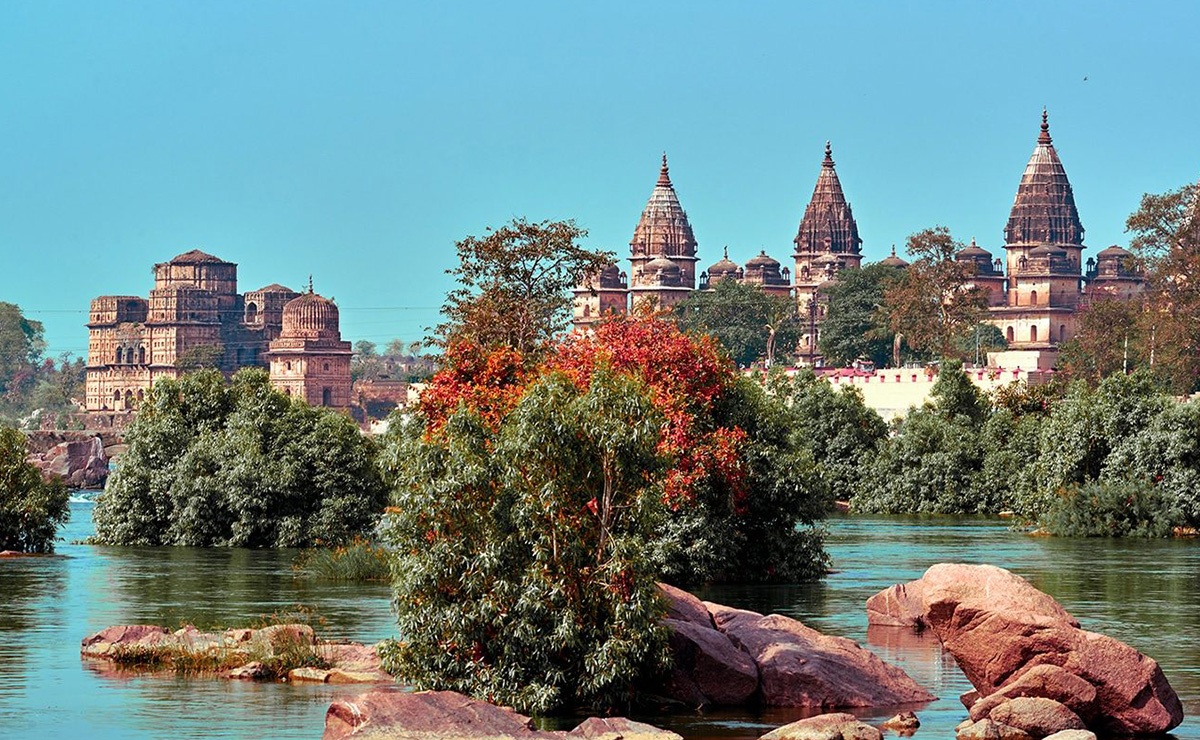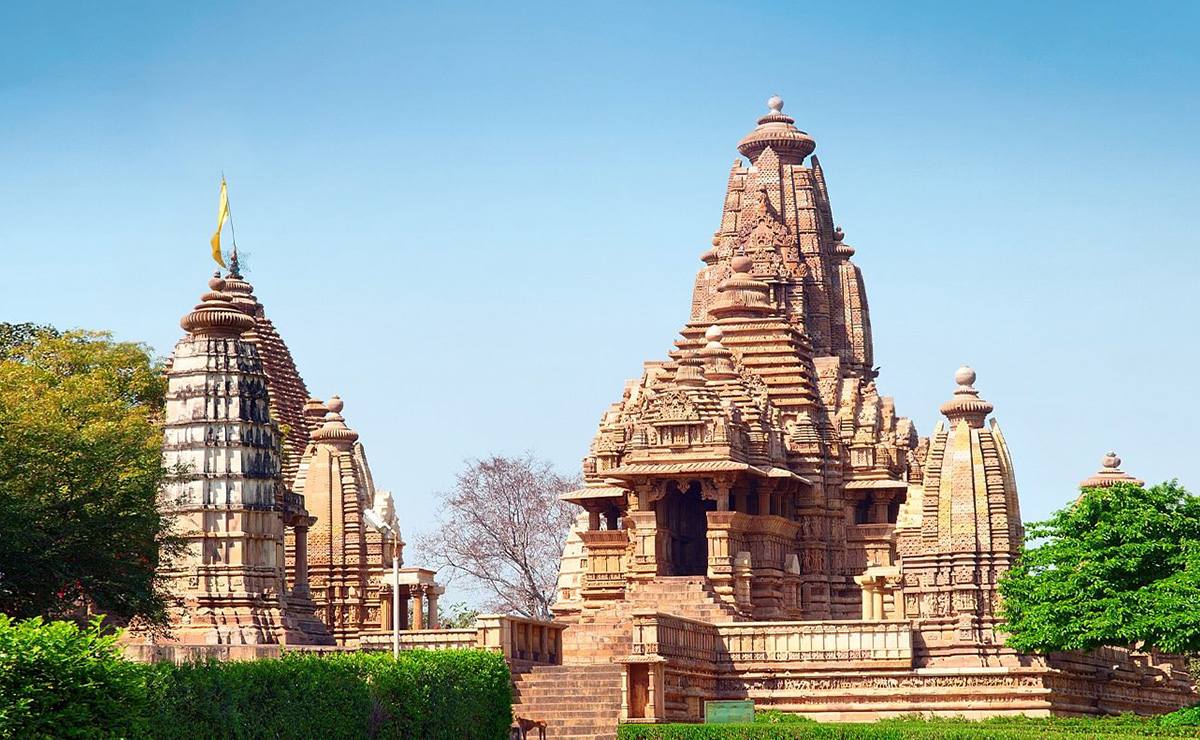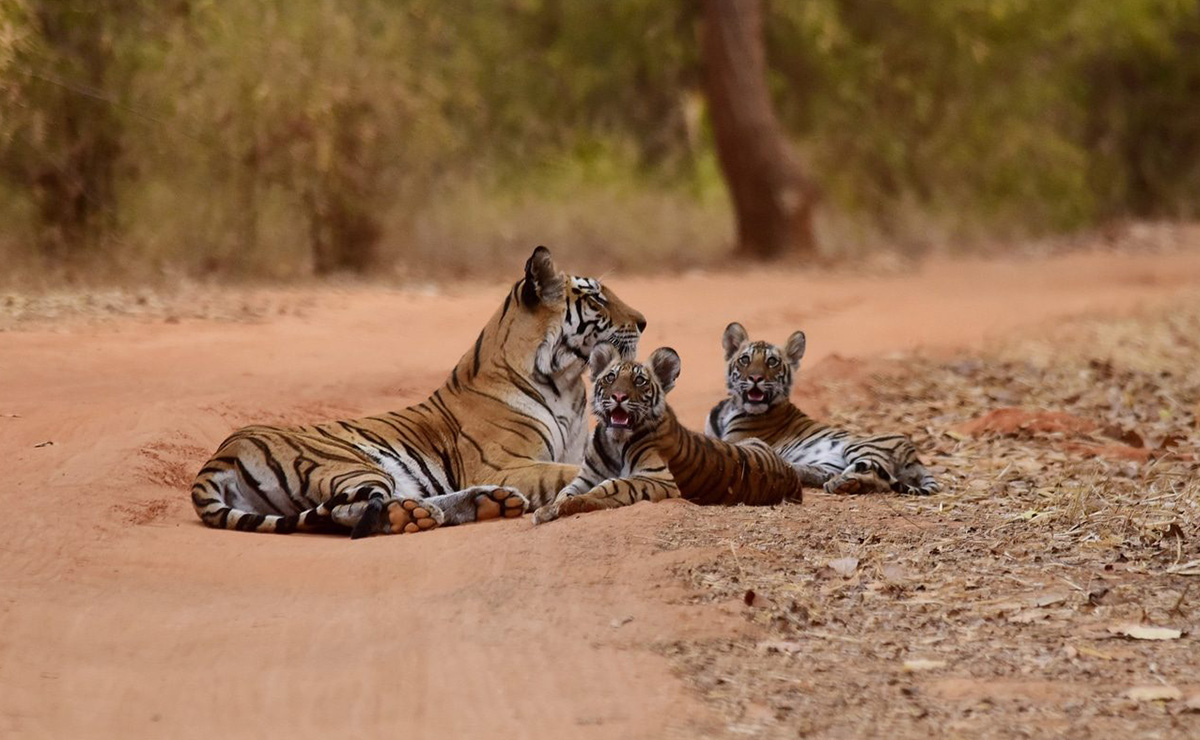WHY TRAVEL WITH US
rich &diverse
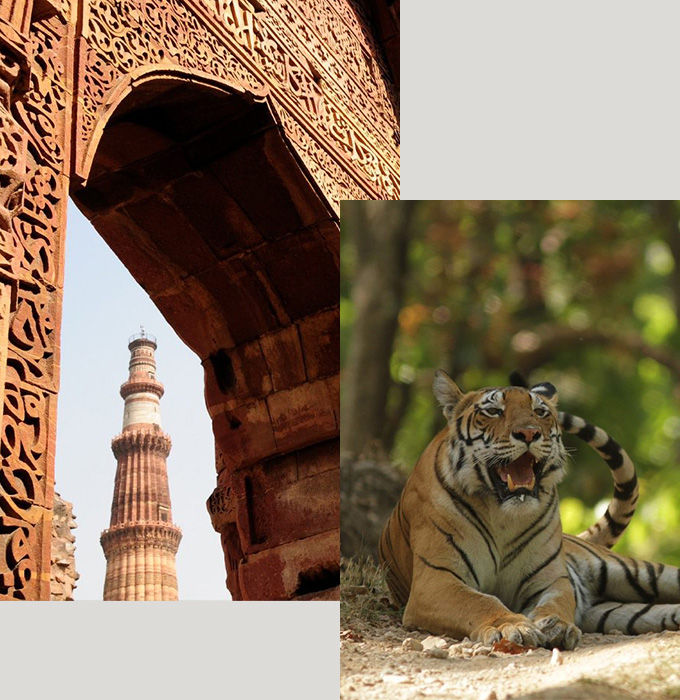
WILD INDIA AND CULTURE
Route at a Glance: Delhi - Jhansi - Orchha - Khajuraho - Bandhavgarh National Park - Kanha National Park - Jabalpur - Agra - Bharatpur - Ranthambore National Park, Jaipur – Delhi.
From the tropical rainforests to the snowy heights of the Himalayas, India’s varied environment is home to a vast range of wildlife, including the Royal Bengal Tiger, which thrive in some of Asia’s wonderfully stunning National Parks. Experienced naturalists will offer illuminating insight into the ecology of the most extraordinary Indian game reserve. Along with the unique experience of wildlife richness, this journey also provides a wonderful chance to visit Delhi, Khajuraho to witness the famous temples, Agra to visit Taj Mahal and ultimately to Jaipur to explore the havelis (Indian mansions) and forts.
Explore Bandhavgarh – Kanha – Ranthambore & Keoladeo National Parks.
Deligently selected eco luxury and rustic jungle resorts and camps are offered as unique accommodation on this Wildlife adventure holiday.
Highlights
- Flora & fauna of peninsular India
- Track Royal Bengal Tiger on Elephant back and open 4X4s
- Temples of Khajuraho and erotic sculpture
- Taj Mahal visit and sightseeing in Jaipur
- Discover wonders of North & Central India.
Day 01 - Arrive Delhi
Arrive at New Delhi International airport. After completing the immigration and customs, proceed towards the arrival hall. Meeting and assistance upon arrival with a traditional welcome of garlanding and transfer to the hotel (the room being held from 1400 hrs).
Overnight in Delhi
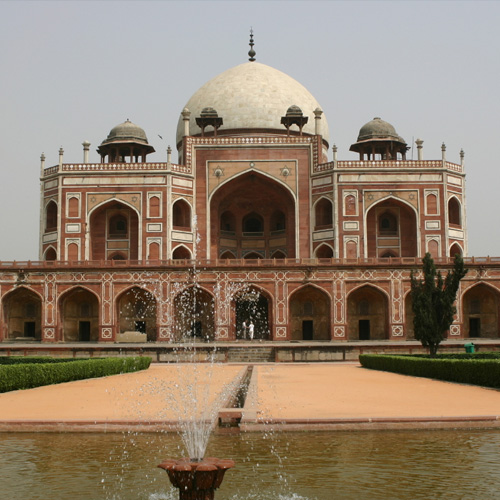
Day 2 - Delhi
This morning after a leisurely breakfast, set off to explore Old and New Delhi, what India’s Capital Delhi has to offer. The visit of Old Delhi includes a drive past of the Red Fort (closed on Monday), built-in 1648 during the reign of Shah Jehan in red sandstone, which gave the fort its name. Jama Masjid is one of the largest mosques in India, built of red sandstone and white marble in the middle of the 17th century. Chandni Chowk is one of the liveliest places in Old Delhi which happened to be the imperial avenue where Emperor Shah Jehan rode at the head of the royal parade. Now, Chandni Chowk is full of shops, ateliers and stalls. After this, we will head to New Delhi to visit India Gate which was built as a war memorial for the soldiers who were killed during WW I. Next, we will visit the Rashtrapati Bhawan, the Viceroy’s imperial residence which was built in the 20th century. Today, it is used as Parliament and official residence of the President of India. After exploring this royal building, we will explore the first Mughal garden tomb, Humayun’s Tomb built in the 20th century. The emperor’s senior widow and mother of Akbar, Hamida Begum built this tomb. We will finish our day after visiting Qutub Minar, 70-meter high minaret standing majestically since 1193AD.
Overnight in Delhi
Day 03 - Delhi to Jhansi (Shatabdi Express: 0600/1040 hrs) Jhansi – Orchha - Khajuraho 175 kms about 5 hours drive.
This morning, we start from the hotel very early for New Delhi railway station and then board the super fast train to Jhansi.
On arrival, you will be met at Jhansi railway station and driven to Khajuraho with enroute stop at Orchha for a quick visit.
Rudhra Pratap, the Bundela King, founded Orccha in 16th century, on the banks of the Betwa River, is a medieval city frozen in time and space, existing even today as it must have done in the 16th and 17th centuries, when it was built.
We explore one of the finest sights is the view of the cenotaphs from across the Betwa river.
Later, we drive to Khajuraho - renowned the world over for its fine temples, built between 950 and 1050 AD, which are amongst the most creative examples of Indian architecture. The most popular theme is woman: reflective, playful, amorous. The temple carvings further highlight griffins, beasts, cosmic evolution of gods, revolting demons and other emotions of human being including jealousy, consummate passion, doubt, fear, ardent love, etc.
Later in the evening, we will proceed to visit the Temple complex and our focus this afternoon will be the eastern group of Temples - The eastern group of temples can be subdivided into two groups - an interesting complex of Jain temples in the walled enclosure and a group of four temples scattered through the small village of Khajuraho. Parsvanath is the largest of the Jain temples and noted for the exceptional skill and precision of its construction and for the beauty of its sculptures. The Adinath Temple has fine carvings on its three bands of sculptures. The Shanti Nath Temple looks modern and is said to have been built about a century ago. However, this temple has several elements similar to the older temples of Khajuraho.
Overnight in Khajuraho.
Day 04 - Khajuraho to Bandhavgarh National Park (275 kms/about 6 hours drive).
This morning after early breakfast, we proceed to visit the famous temple complex with the focus on Western Group of Temples - contained within a fenced enclosure, well maintained as a park. The large Lakshmana Temple(dating from 930 to 950 AD). The Vahara Temple (900 ad), dedicated to Vishnu’s boar incarnation (Vahara avatar). The Kandariya Mahadev Temple(1025 and 1050 AD), is the most architecturally and artistically the perfect.
After the visit, we drive to Bandhavgarh – the National Park spreads over 448 square kilometers and famous tiger population. Some of the animals that can be spotted in the park include, leopards, dholes, nilgais, wild boars, chinkaras, sloth bears, rhesus macaques, black faced langurs, jungle cats, hyenas, porcupines, jackals, foxes, wild dogs, chausinghas and ratels among others. Besides animals, a good variety of bird species are also found including white browed fantails, steppe eagles, green pigeons, grey malabar hornbills, blossom headed parakeets, blue bearded bee eaters, green bee eaters, white bellied drongos, owls, Jerdon's and gold fronted leaf birds and the paradise flycatchers.
Overnight in Bandhavgarh
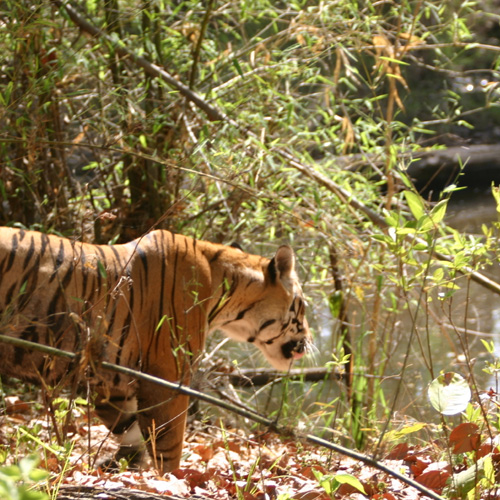
Day 05 - Bandhavgarh National Park.
Early morning and afternoon embark on a safari through Bandhavgarh National Park.
Note:-On Wednesday, Park remains Closed for afternoon Jeep Safari
Overnight in Badhavgarh
Day 06 - Bandhavgarh to Kanha National Park 250 kms/about 6 hrs
This morning embark on a safari through Bandhavgarh National Park. Return to the hotel for breakfast.
Later drive to Kanha National Park – Considered as India's greatest national park by some is home to many species in their natural habitat. In 1933, it was first declared as a small sanctuary and then in 1955, was upgraded to a national park. This national park is the only natural habitat of the hard-ground swap deer (a rare species of barasingha); the species was on the verge of extinction and this national park saved it. The terrain consists of attractive forest with bamboo brakes, grassy plateaus and meadows in the valleys. A healthy population of the big cat is a major lure.
On arrival, check in at the hotel and the rest of the day is at leisure. You can take Nature walk around the resort as they are widely spread.
Overnight in Kanha
Day 07 - Kanha National Park.
Early morning and afternoon embark on a safari through the Kanha National Park, which expands over almost 950 sq kms of grassland and forest.
We also have the options to explore Tribal villages.
Note:- On Wednesday, Park remains closed for afternoon jeep safari.
Overnight in Kanha
Day 08 - Kanha to Jabalpur 175 kms/about 4 hrs Jabalpur – Agra (Train – 1810/0805 hrs)
This morning, we proceed for jeep safari along with English speaking naturalist.
Return to the hotel for breakfast and lunch.
After lunch drive to Jabalpur railway station to board the overnight train to Jabalpur – this is one amongst the closest railhead to board train to Agra –train journeys in India are always an adventure. We should be prepared for mixed experience.
Overnight on board the train.
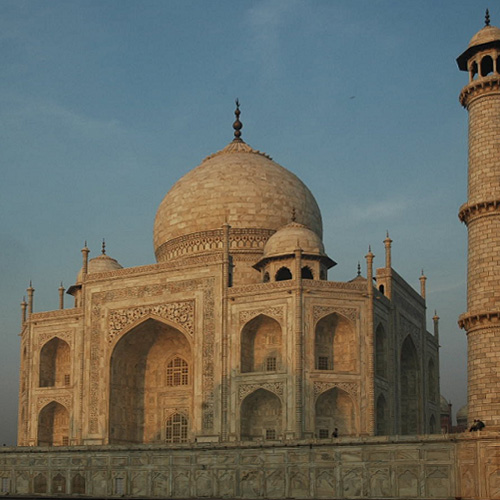
Day 09 - Arrive Agra
This morning arrive at Agra railway station. Agra - India’s capital during the 16th and 17th centuries, the city is home to an outstanding collection of Mughal architecture.
Meeting on arrival at the station and transfer to the hotel (Room available only from 1400 hrs). You can use the facilities of the hotel till your room is ready.
Late morning, visit Agra Fort – on the west end of the Yamuna River, Akbar’s magnificent fort dominates the center of the city. The outer walls tower above the outer moat faced with red sandstone, with a height of around 20 minutes. With a long straight wall that faces the river, the fort is built in a crescent shape.
This will be followed by the visit to the tomb of Itmad-ud-Daulah, also known as Baby Taj. This is the first Mughal building to be faced with white inlaid marble and was built by Empress Nur Jahan in memory of her father.
Late evening close to Sunset, visit the world-famous Taj Mahal (closed on Friday), set within the paradise gardens. The whole Taj complex measures 580 by 300 m and the garden 300 by 300 m. The guiding principle is one of symmetry. There are four minarets each 41.6 m high, built on all the four corners of the platform which balance the tomb.
Overnight in Agra
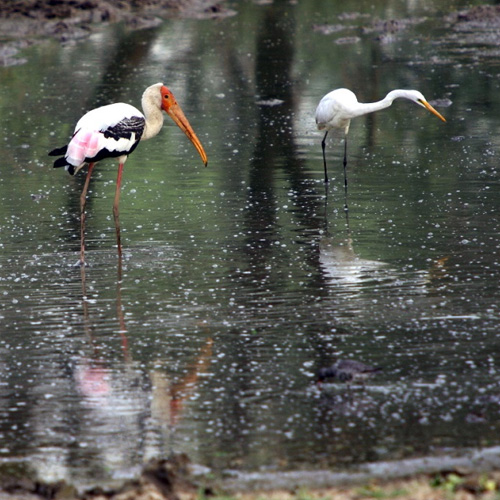
Day 10 - Agra to Bharatpur 65 kms/about 1 ½ hours drive.
This morning, we start early during the sunrise, we planned the visit to the world famous Taj Mahal - the long-standing symbol of love and devotion.
We return to the hotel for breakfast.
Later after leisurely breakfast, drive to Bharatpur with a stop along the way at the deserted 16 century city of Fatehpur Sikri, the most important artistic centre in South Asia in its heyday.
After the visit, we continue the drive to Bharatpur - known for its famous Keoladeo Ghana Bird Sanctuary. On arrival check into hotel.
Late afternoon, we will proceed for the visit of the sanctuary t get the glimpse of some of the bird species, who migrate to this sanctuary to bask themselves in this land. The park will be explored by rickshaw(tri cycle).
Overnight in Bharatpur.
Day 11 - Bharatpur to Ranthambore National Park 240 kms/About 6 hours drive.
This morning, after an early breakfast, drive to Ranthambore National Park - one of the country’s celebrated wildlife reserves where you can catch a glimpse of the Royal Bengal Tiger (The National animal of India) amongst various other species.
Note - Ranthambore National park remain closed on Every Wednesday for Safari (Morning and afternoon both.)
Overnight in Ranthambore.
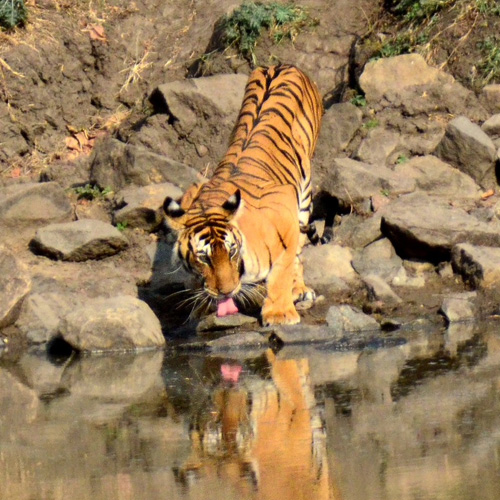
Day 12 - Ranthambore National Park.
Early morning and afternoon embark on a safari through the Ranthambore Wildlife Sanctuary, which expands over almost 400 sq km of thick foliage with an experienced naturalist.
Overnight in Ranthambore
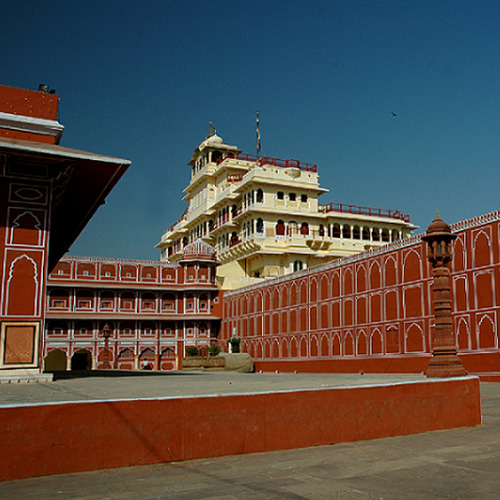
Day 13 - Ranthambore – Jaipur 175 kms/About 4 hours drive.
This morning after early breakfast, drive to the ‘Pink City’, Jaipur. The City of Victory was founded in 1727 by Maharaja Sawai Jai Singh II and is a well- planned city built from rose-colored terra cotta.
Afternoon, visit the Jantar Mantar and the City Palace. Jantar Mantar is an astronomical observatory built in the early 18th century by the astronomer king Maharaja Sawai Jai Singh II, consisting mainly of 18 stone instruments that help to interpret the position of celestial bodies and calculate local time. It is no longer a working science center but is maintained as a monument by the archeological department and is a UNESCO World Heritage Site. The City Palace Museum which includes the Mubarak Mahal (The Palace of Reception) that now houses the Maharaja Sawai Man Singh II Museum displays a vast plethora including interesting collection such as royal costumes, delicate Pashmina shawls, Benaras silk sarees, and other dresses with Sanganeri prints and embroidery.
Later in the evening, participate in the evening prayer ceremony in the Govindji temple. The peaceful transcending end to the day is by a visit to the Govind Devji Temple, dedicated to Lord Krishna, located in the City Palace. It is one of the most followed temples of Jaipur and the royal family is a great devotee of this temple. There is daily aarti (prayer) at different times of which the most spectacular is in the evening.
Overnight in Jaipur.
Day 14 - Jaipur to New Delhi 265 kms/about 6 hours drive.
This morning, after leisurely breakfast, drive to the nearby 16th-century hilltop fortress of Amber, ascending the tortuous paved pathway to the fort on a four-wheel. It is a UNESCO World Heritage Site. Raja Man Singh began this medieval capital of Rajputs and was used as a stronghold. When Sawai Jai Singh II became the king, he moved the capital to Jaipur which was newly created.
Later, we start our drive to Delhi.
On arrival check in at hotel nearby airport.
Overnight in Delhi
Day 15 - Delhi Departure.
Today, as per the international flight schedule, you will be transferred to the airport to board your onward international flight back home with mesmerizing memories of the trip Tigers, Temples, Taj Mahal Journey.
